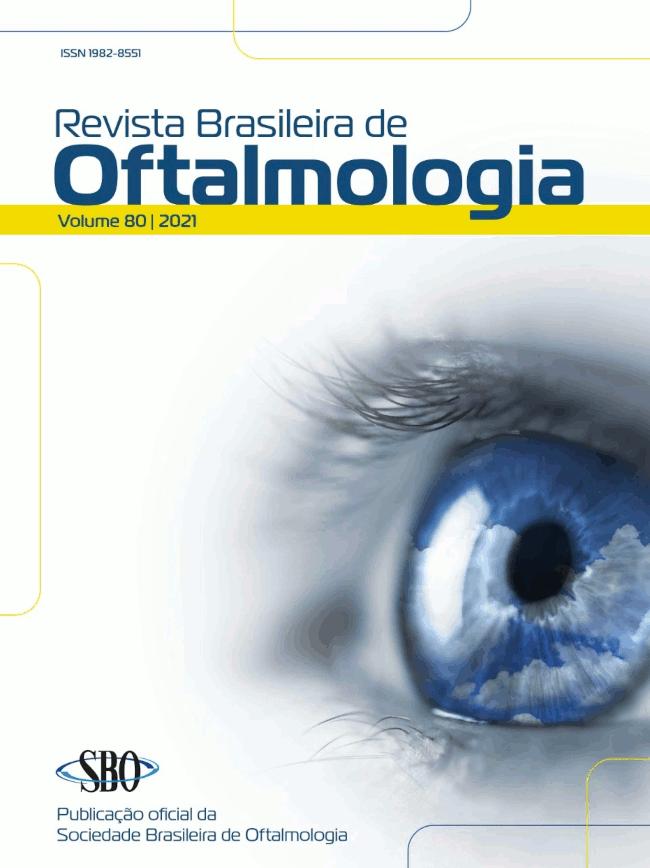PURPOSE: This is to study the progressive addition lens (PAL) under the physiological optics' view, to show the lensometer findings and its applicability to daily work. METHODS: At first, the aa., explains the ways to examine the PAL , and then indicates the physical basis applied to study the prismatic system of the concave and convex lens. It then examines the differences on progression zone extension and explains its diagonal position. Thirteen pairs of lenses from the same manufacturer were examined but every pair had different drawing.The whole (convex and concave lens) had 2 Spherical Dioptries (SD) to distance and an addition of 2 SD. RESULTS: The convex PAL have to distance correction Inferior Base prism that do lower in progression zone to the point of no prism, and then continues with an increasing Superior Base prism to reach the near correction.The concave PAL has an Inferior Base prism rising constantly to near correction. Both have a mean vertical deviation in the sample of 5,86º in the convex lenses and 6,93º in the concave lenses. CONCLUSION: The aa., based on these findings, shows the most important data to watch in the PAL to minimize the complaints concerning its usage. The studies about PAL highlight that the dioptric values are the background of the progressive zone, and the aa. concludes that the dioptric values are the principal factor and, the progressive zone secondary.
Lenses; Visual acuity; Patient satisfation; Comparative study; Models, theoretical; Equipment design

 Purpose to a clinical view of the progressive addition lenses
Purpose to a clinical view of the progressive addition lenses













